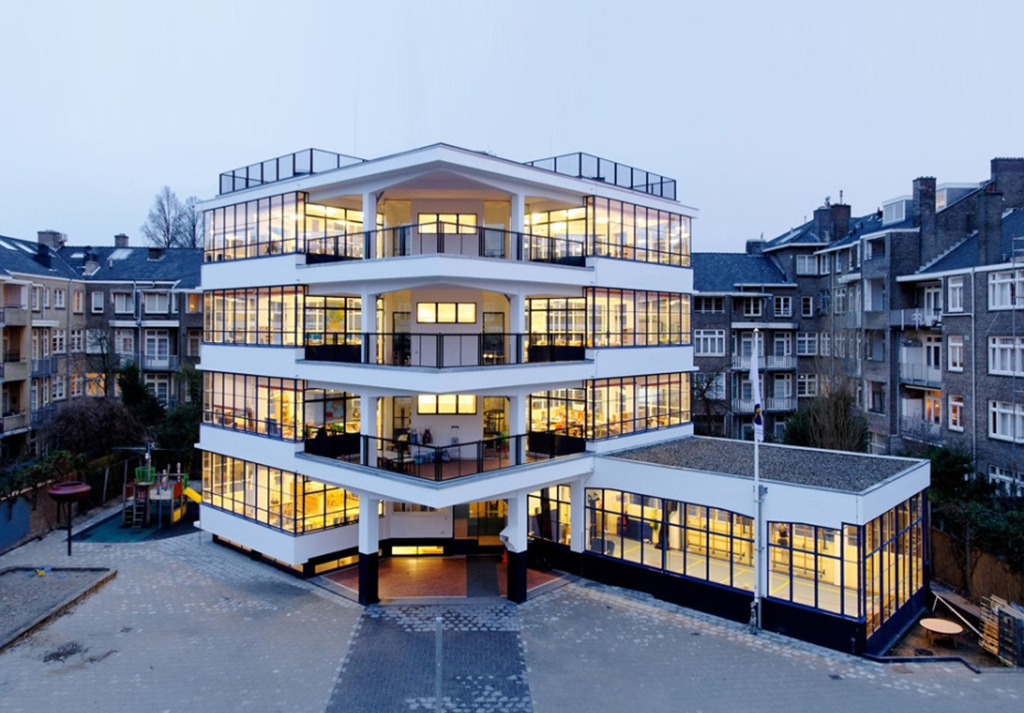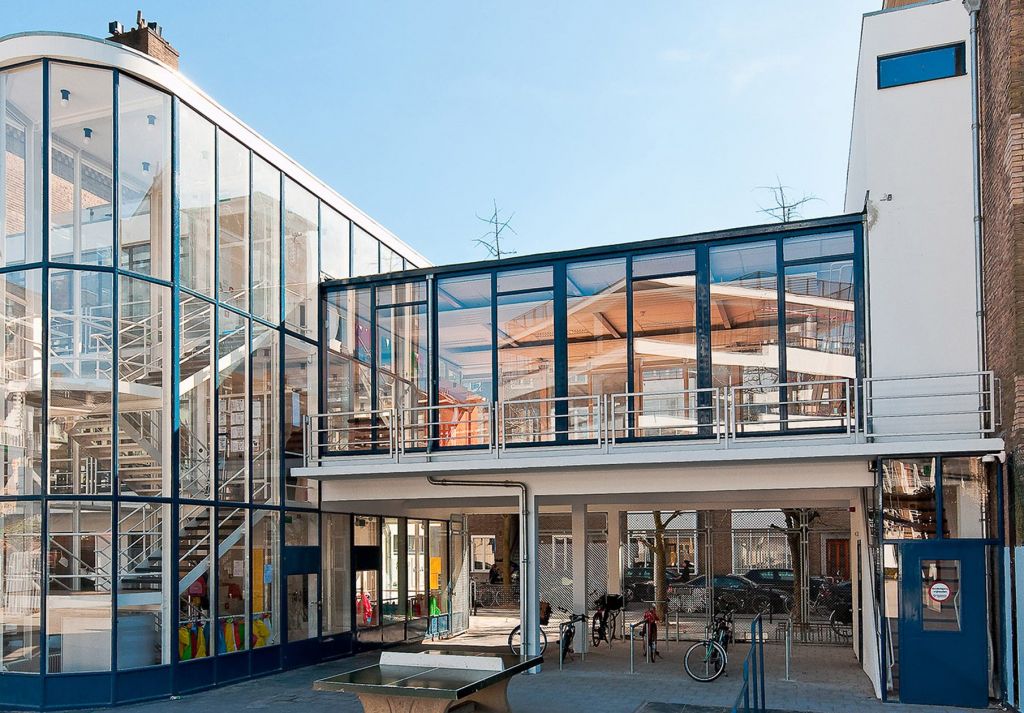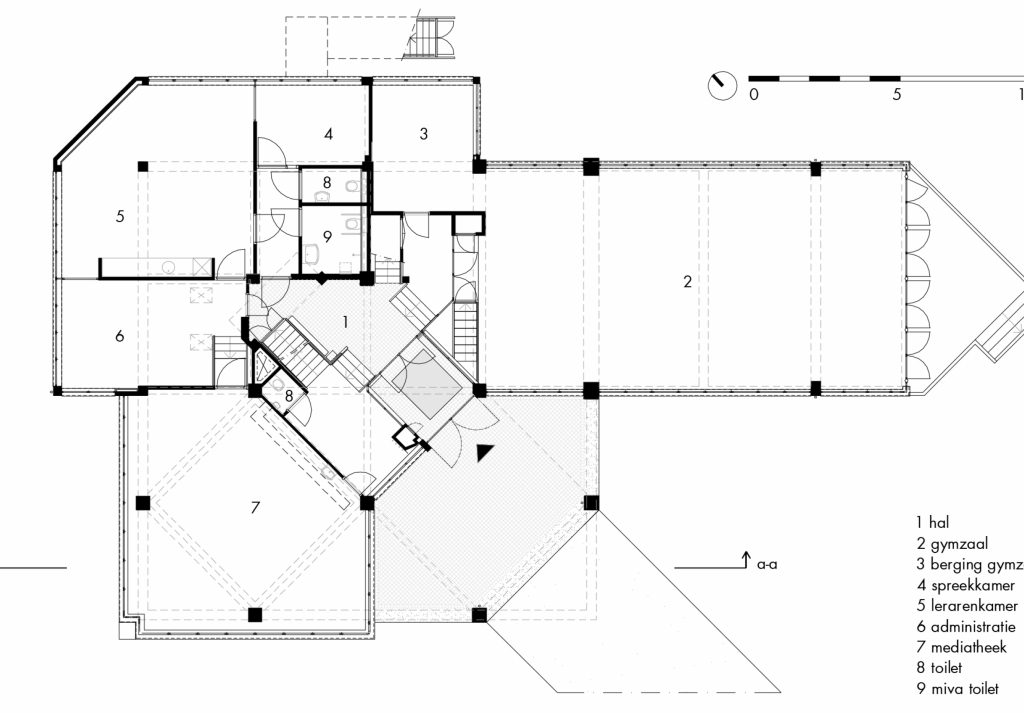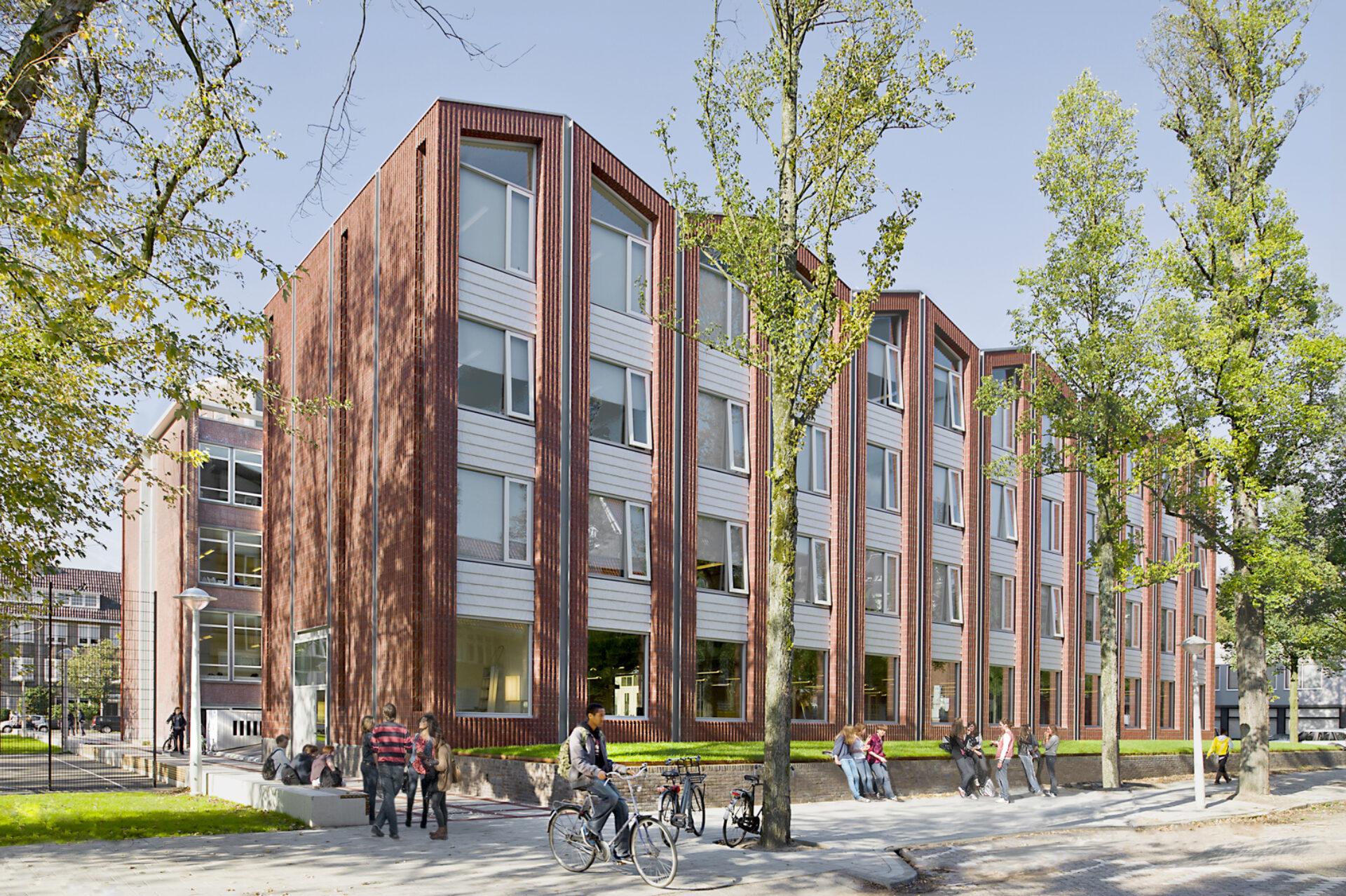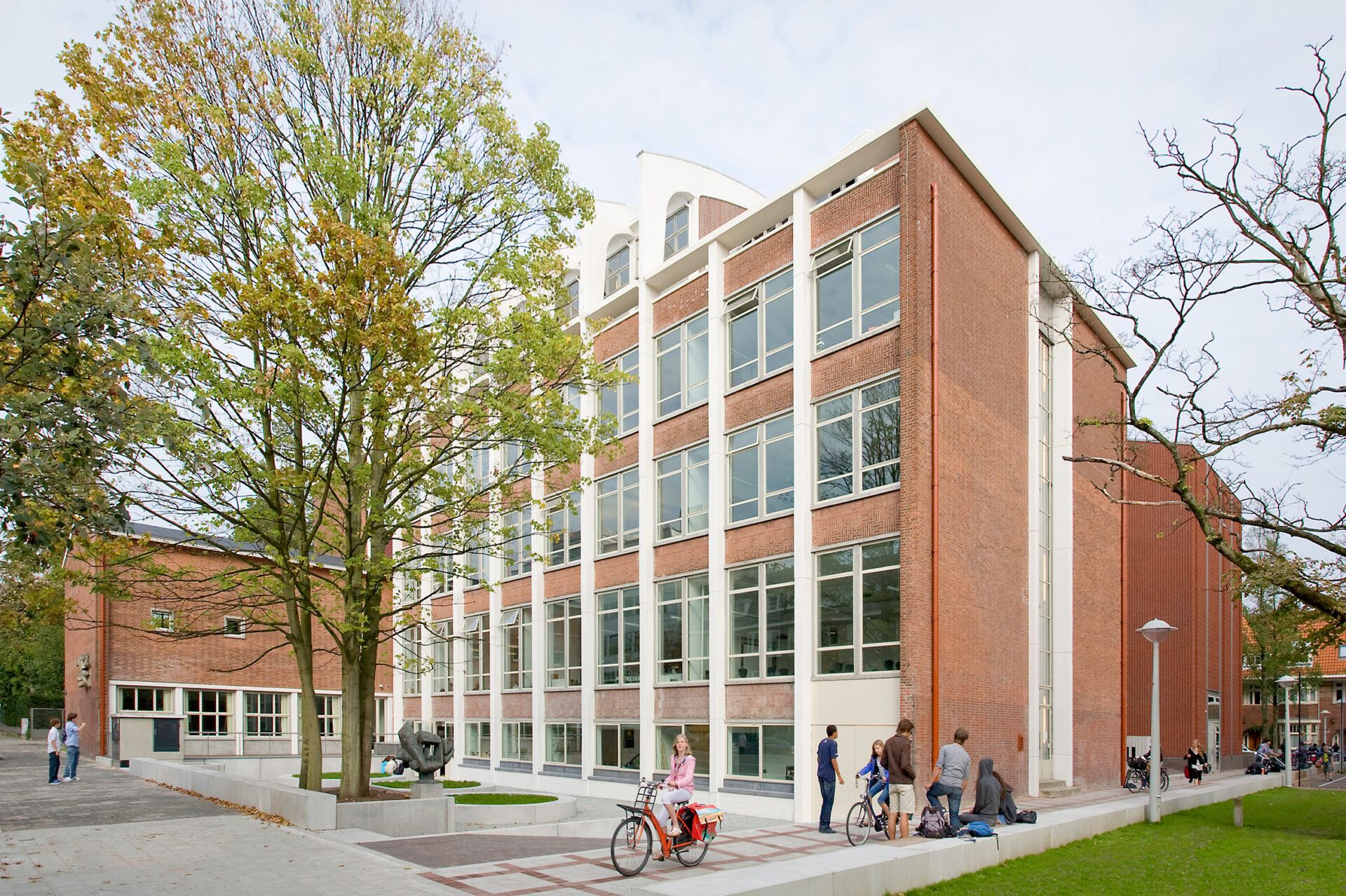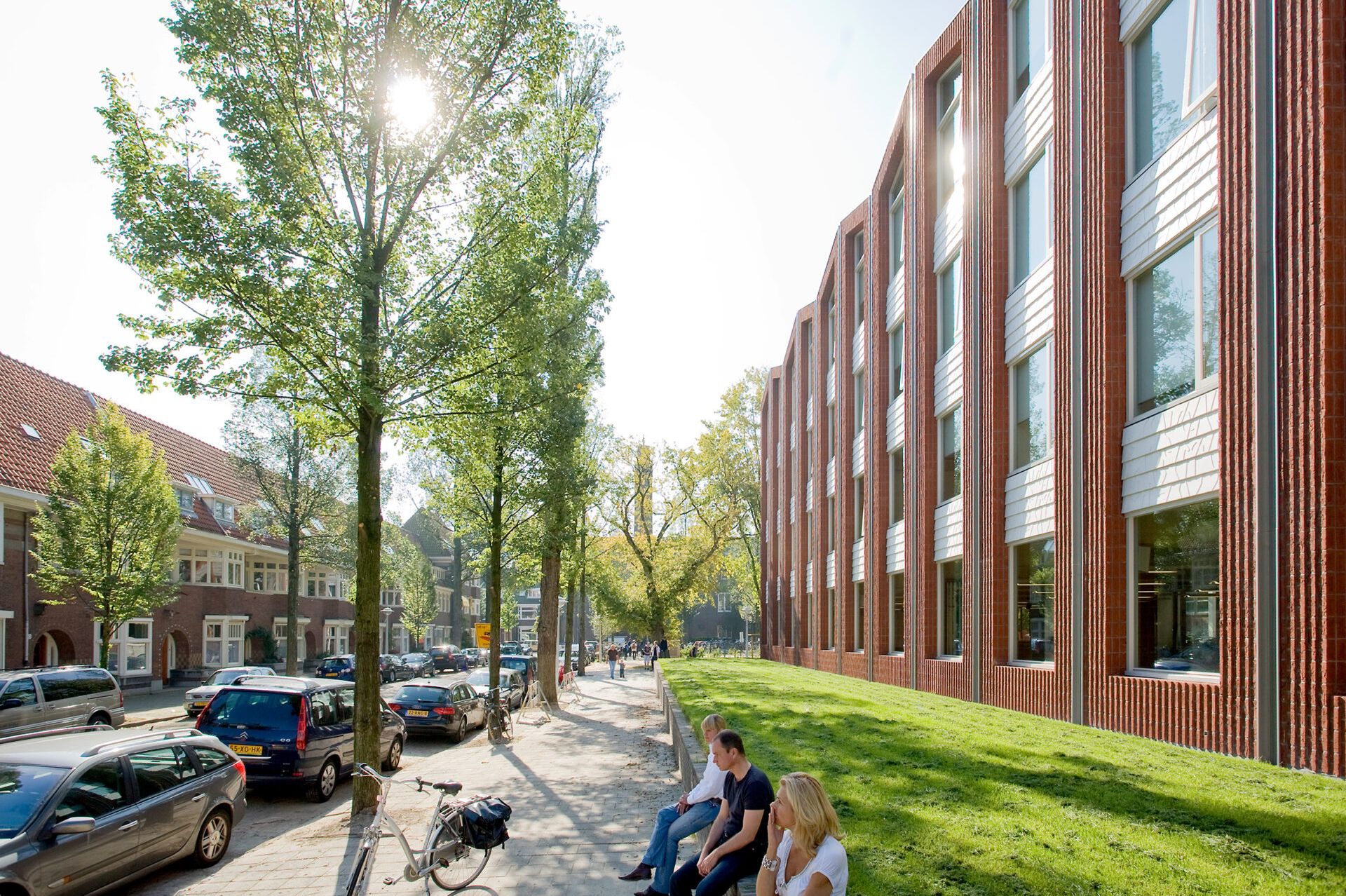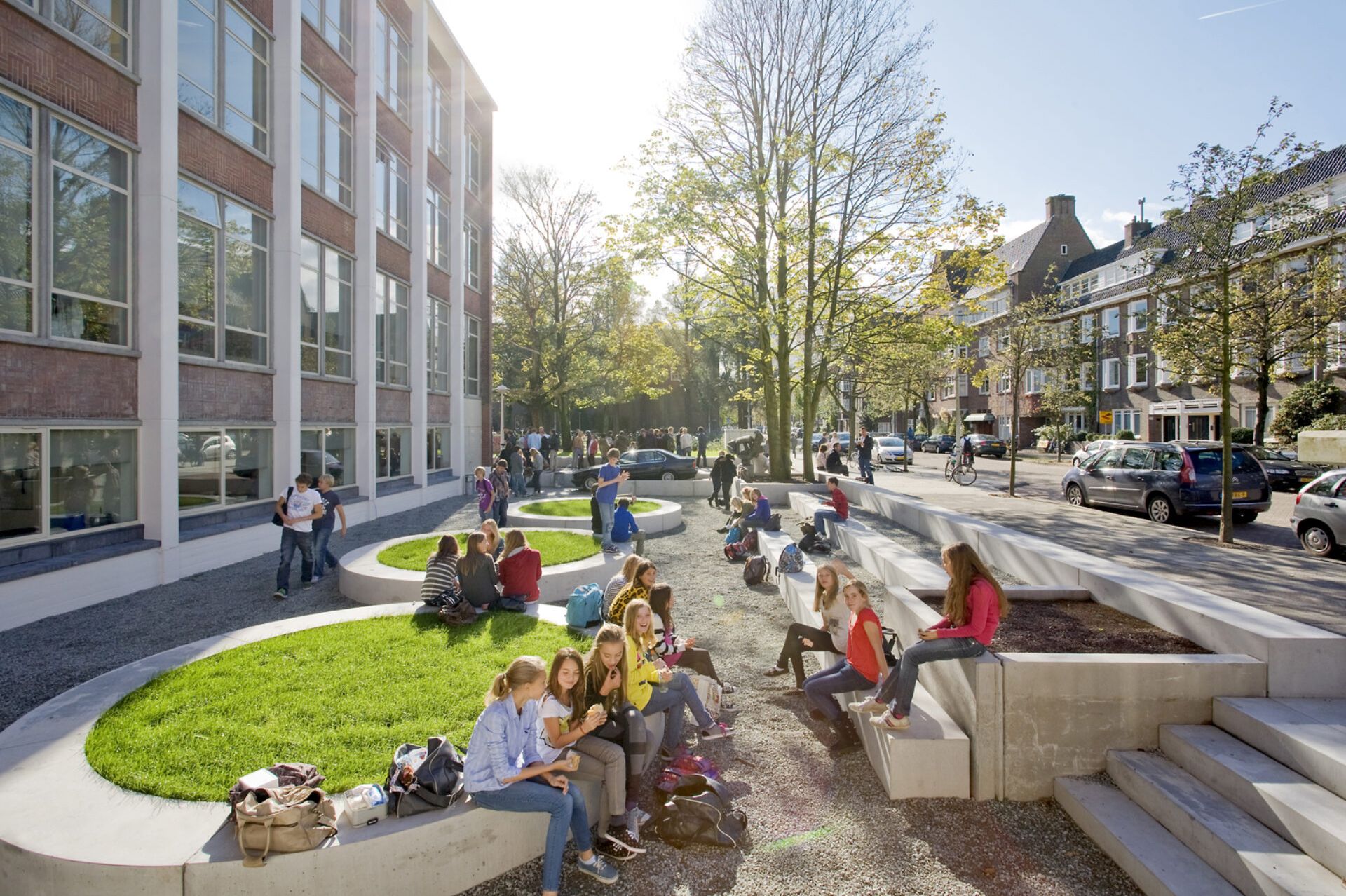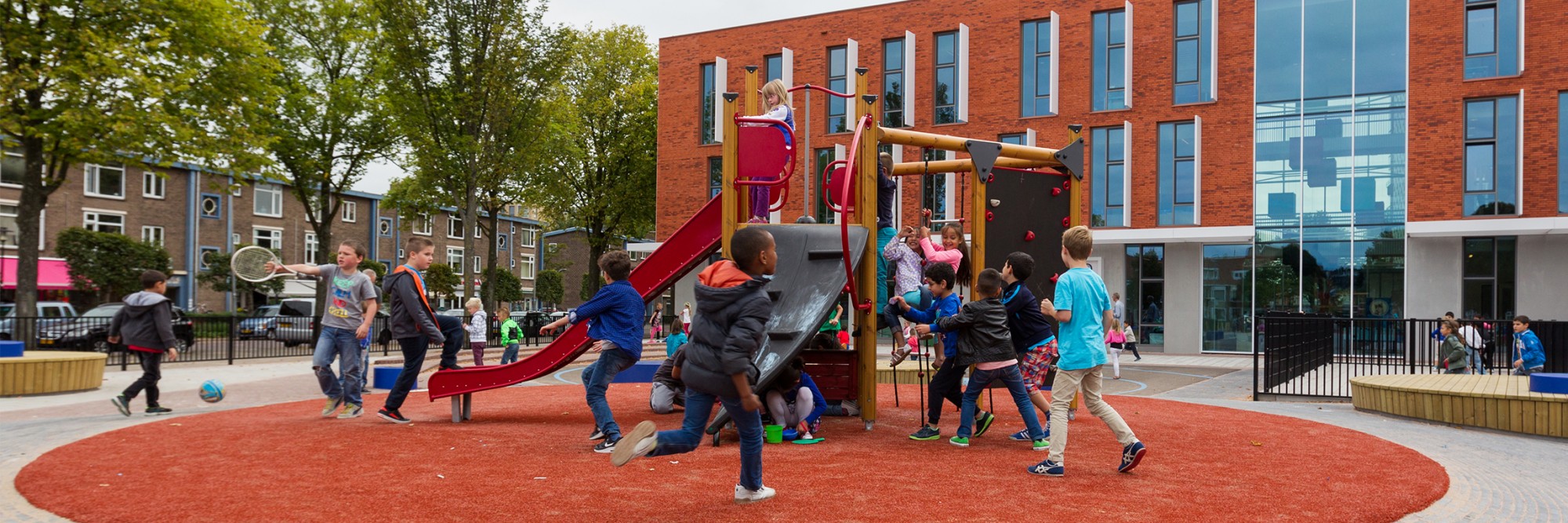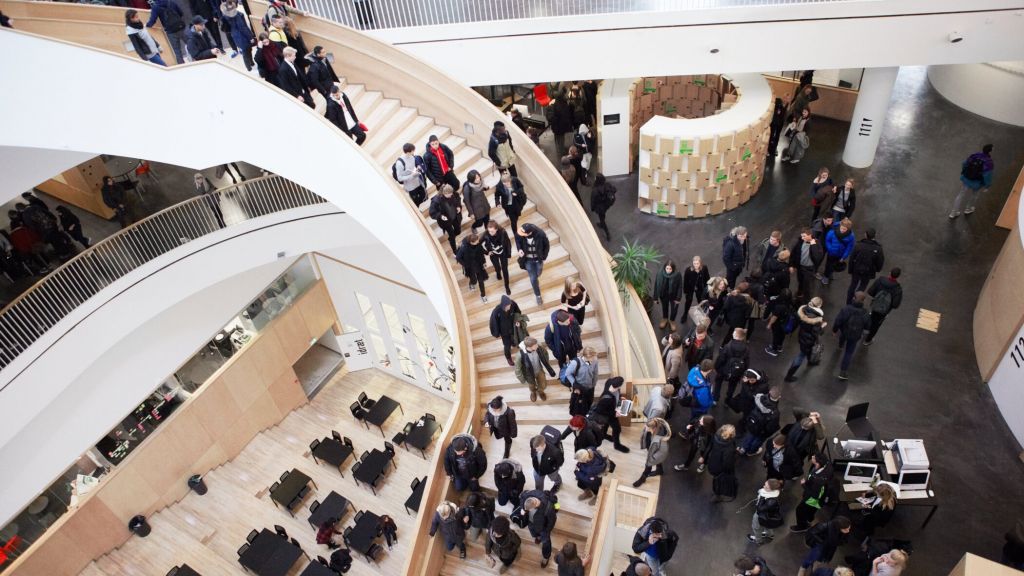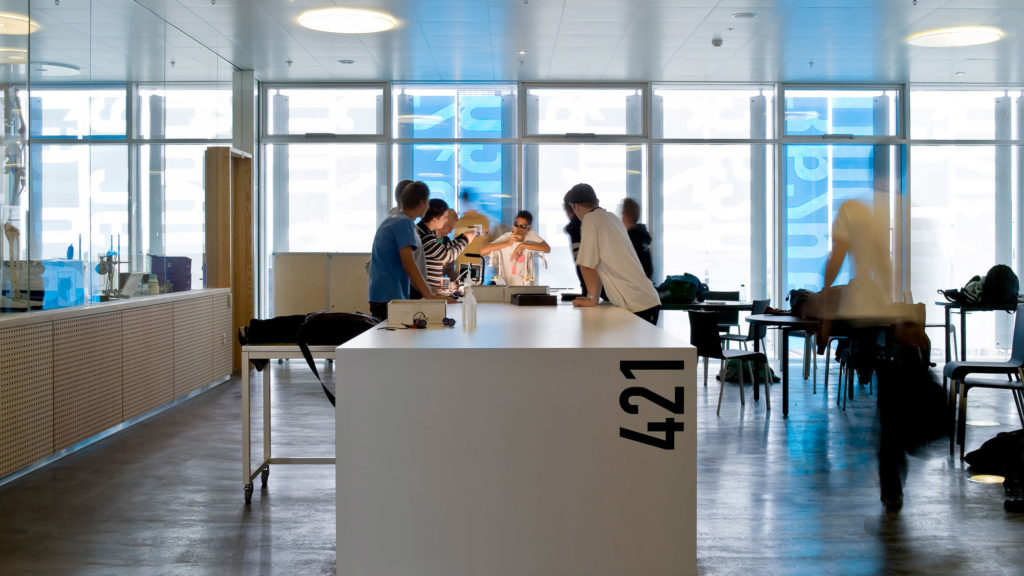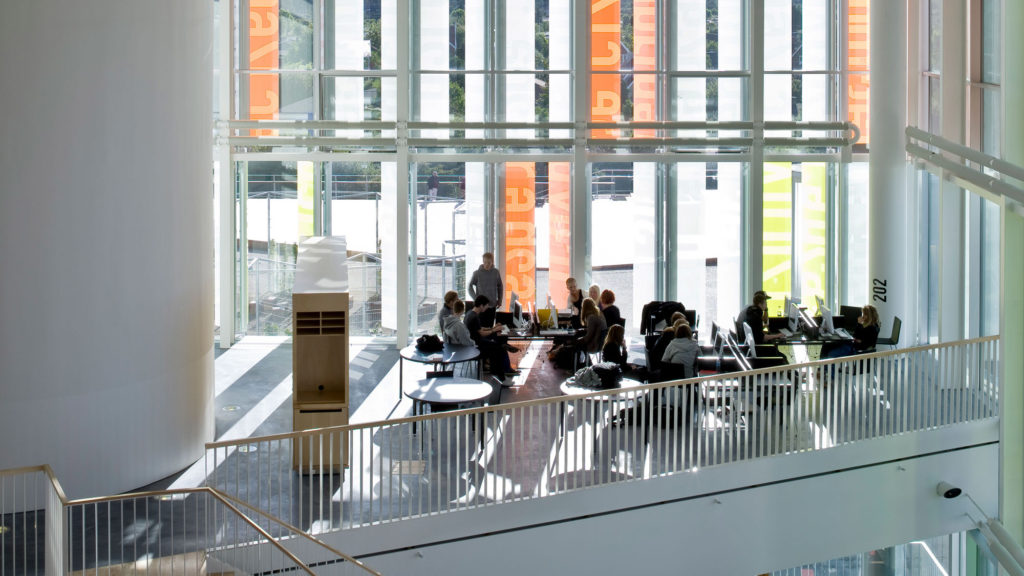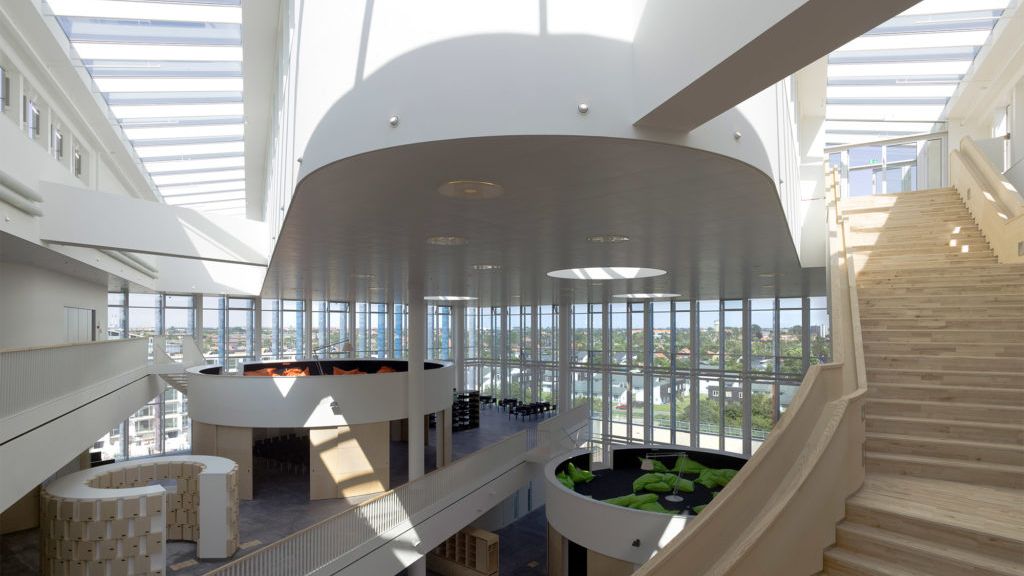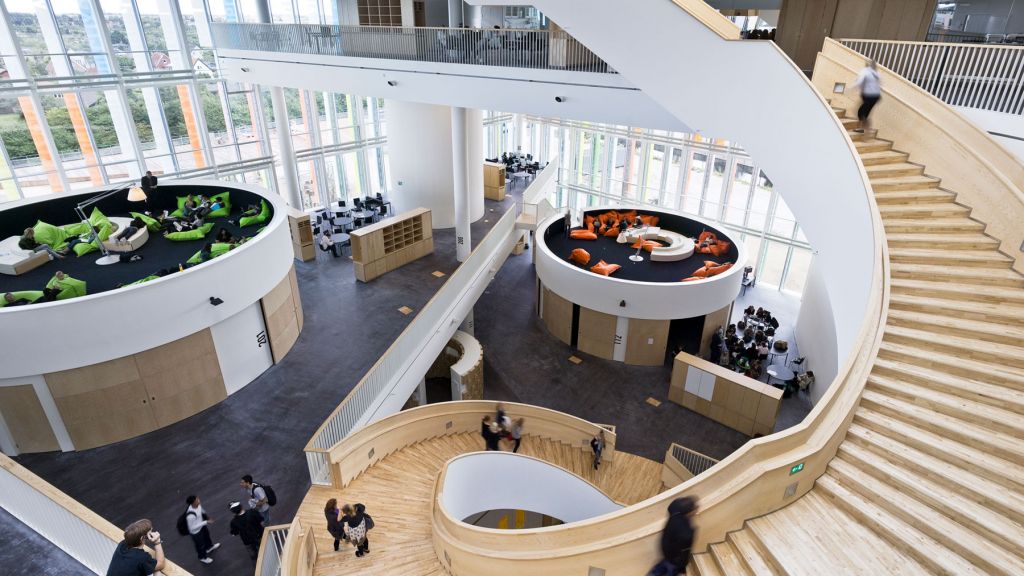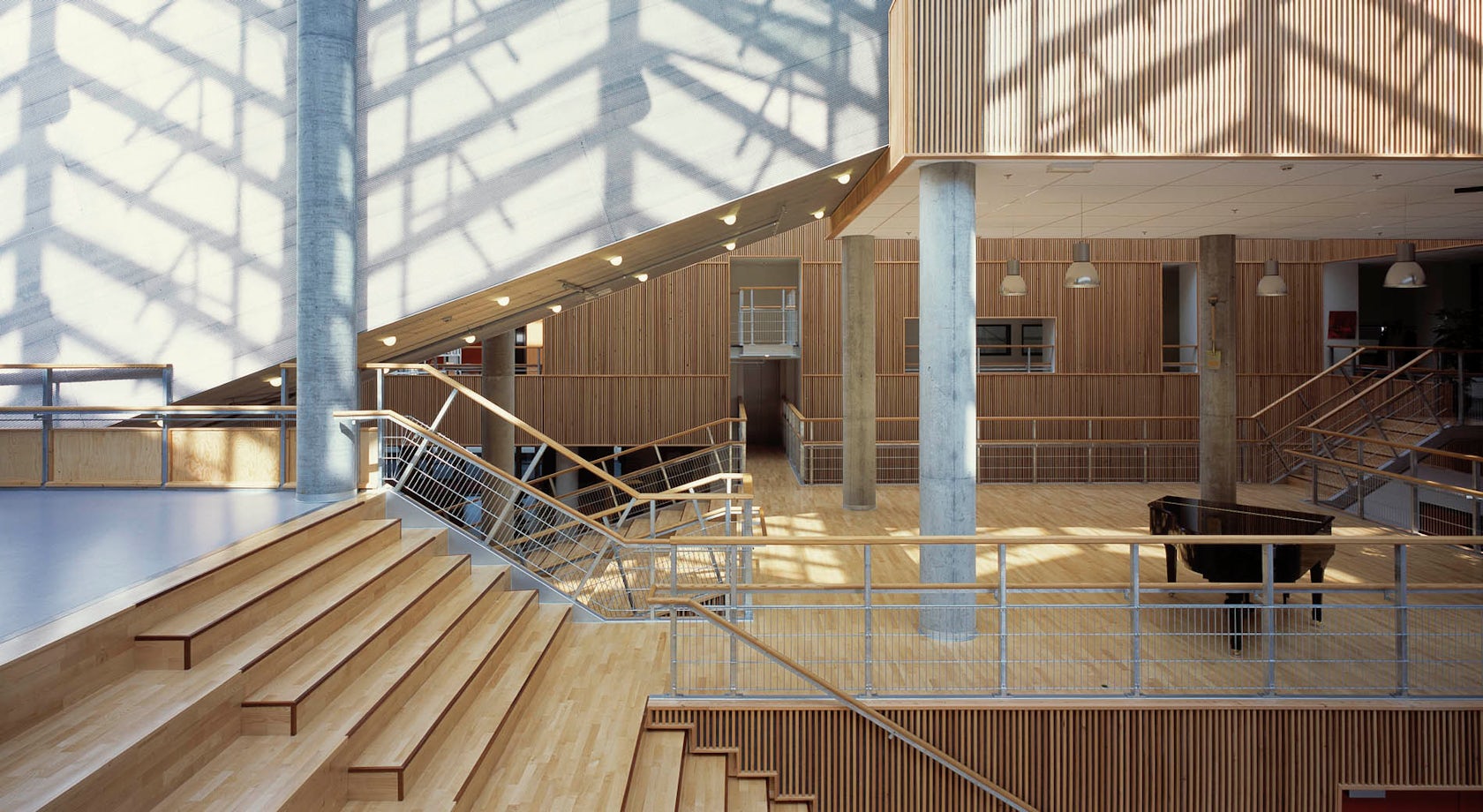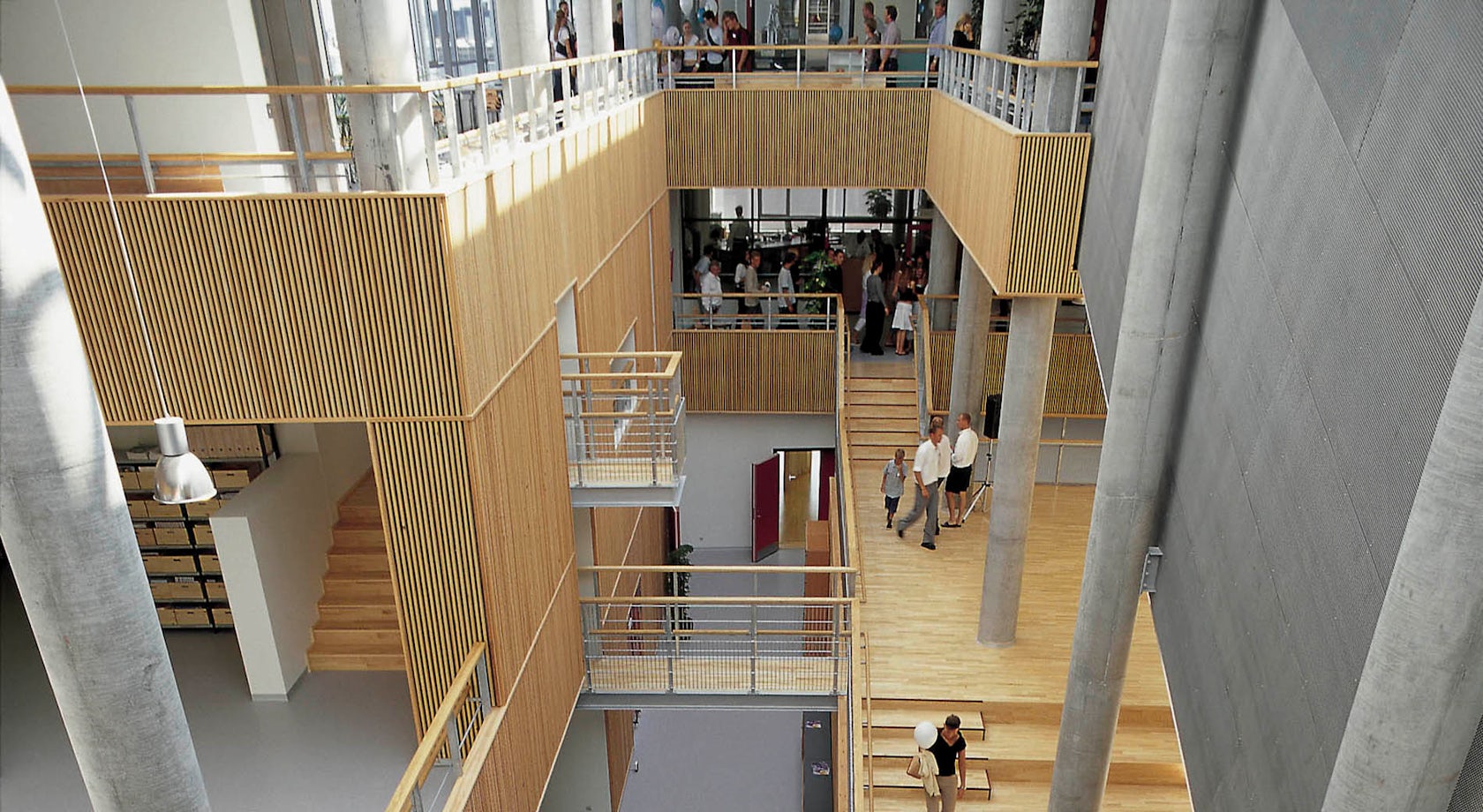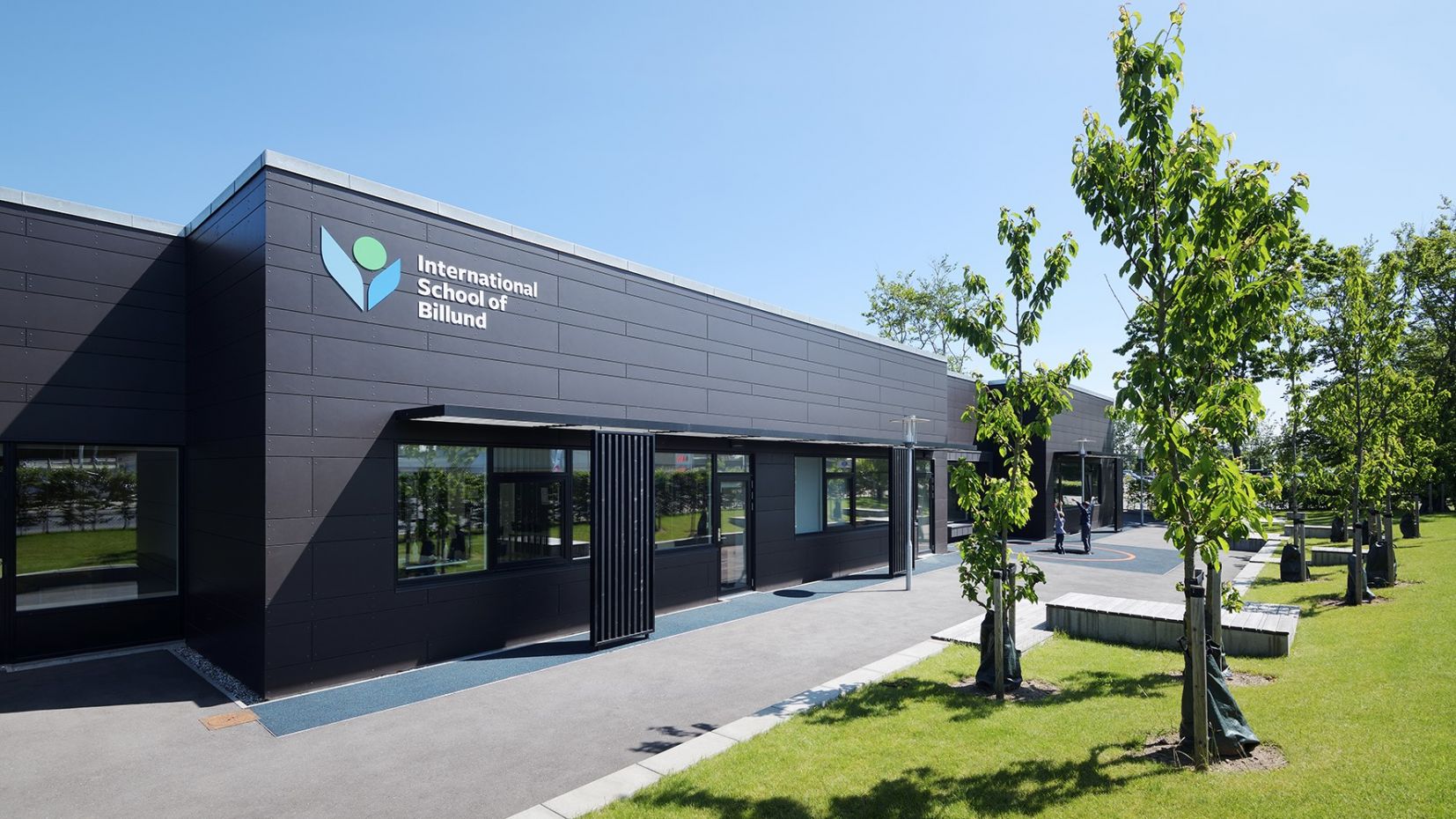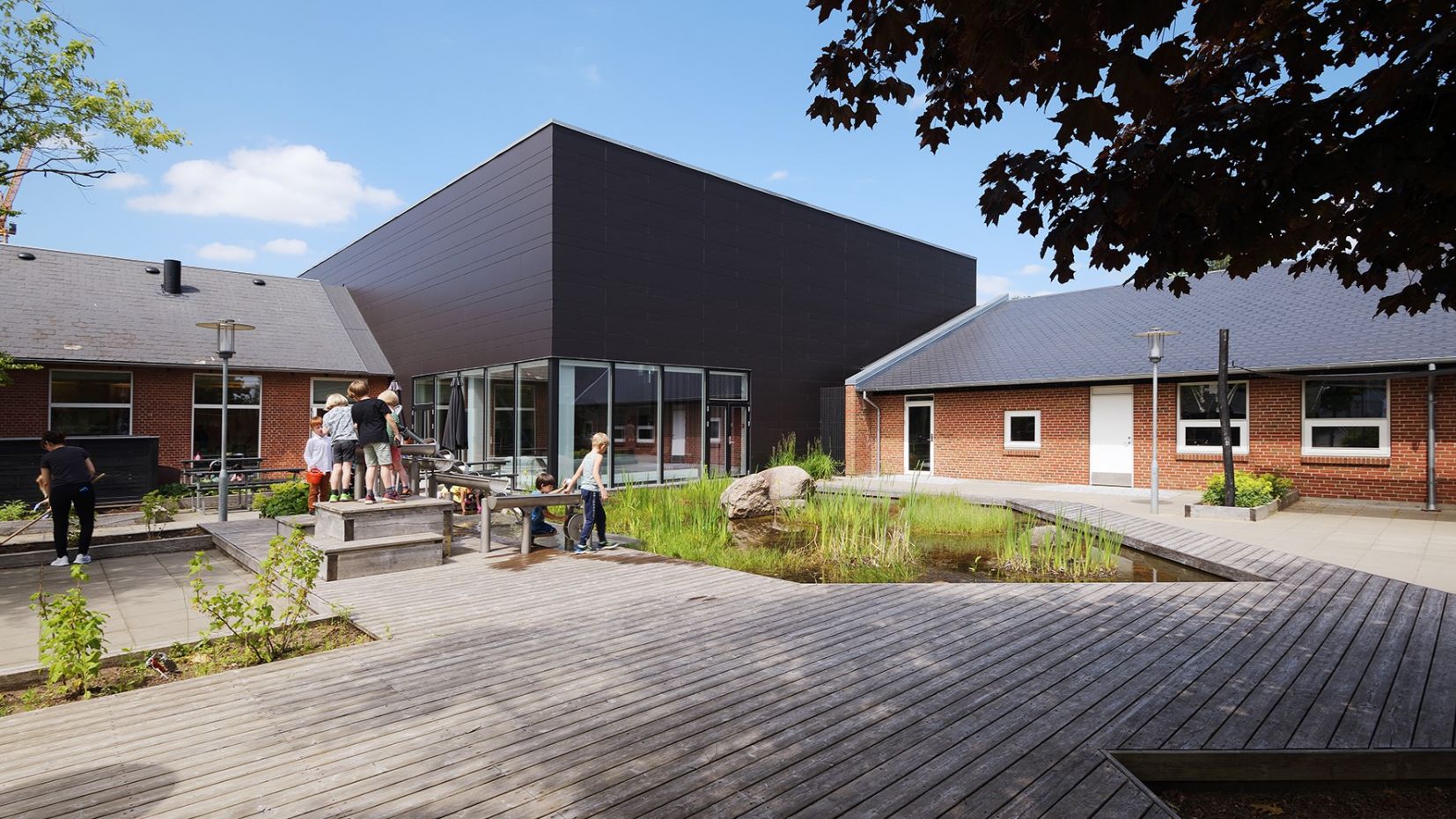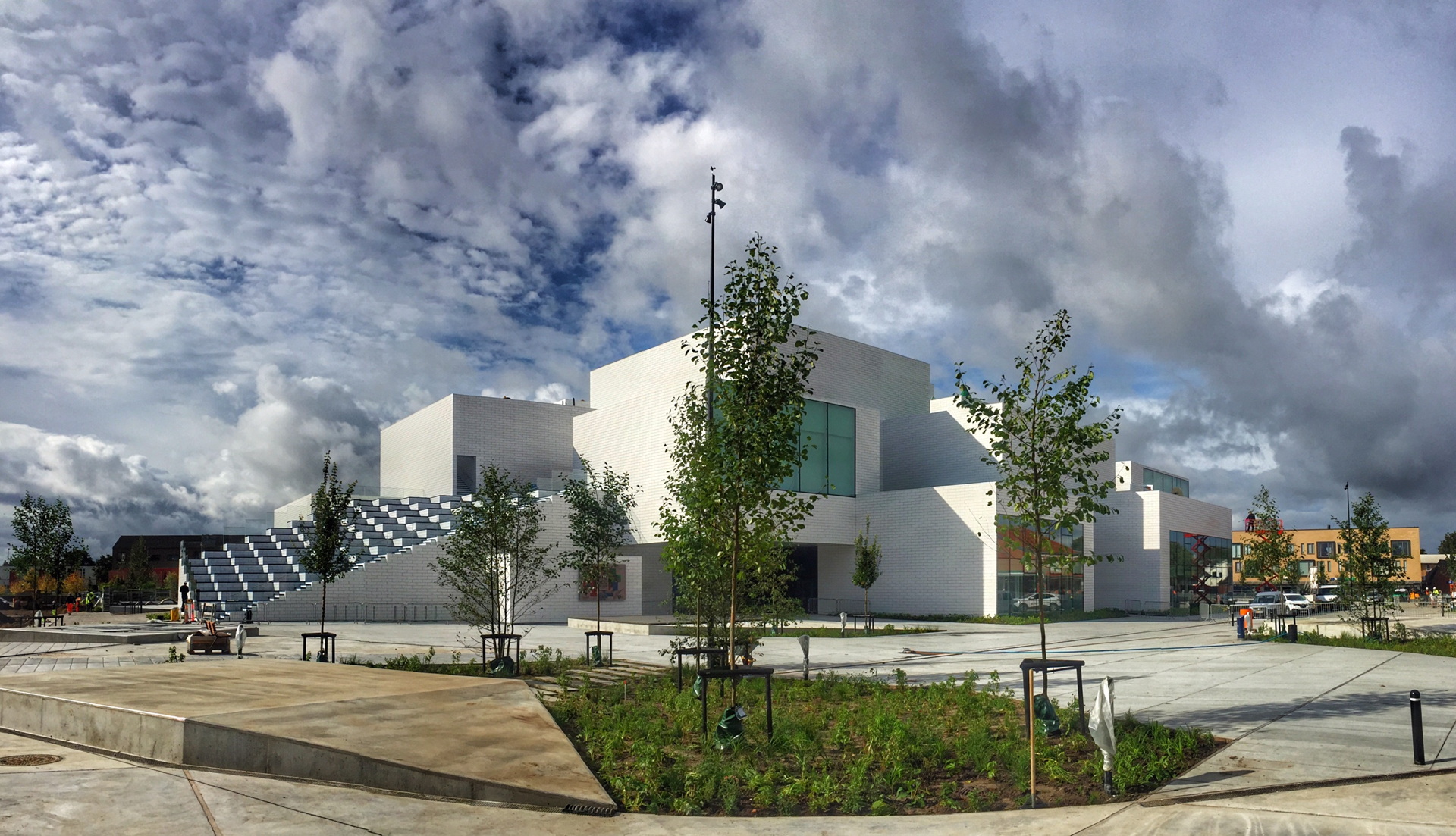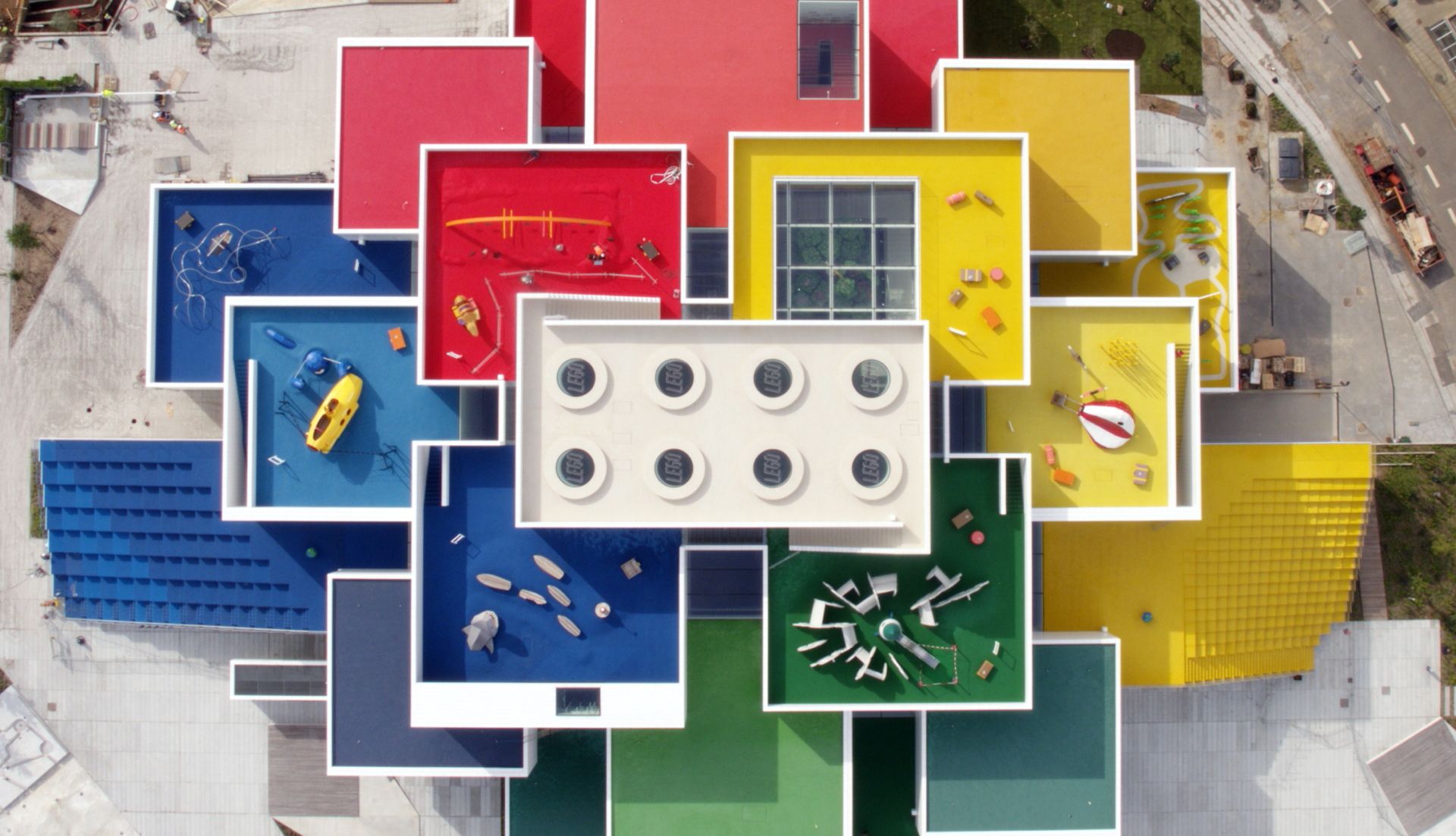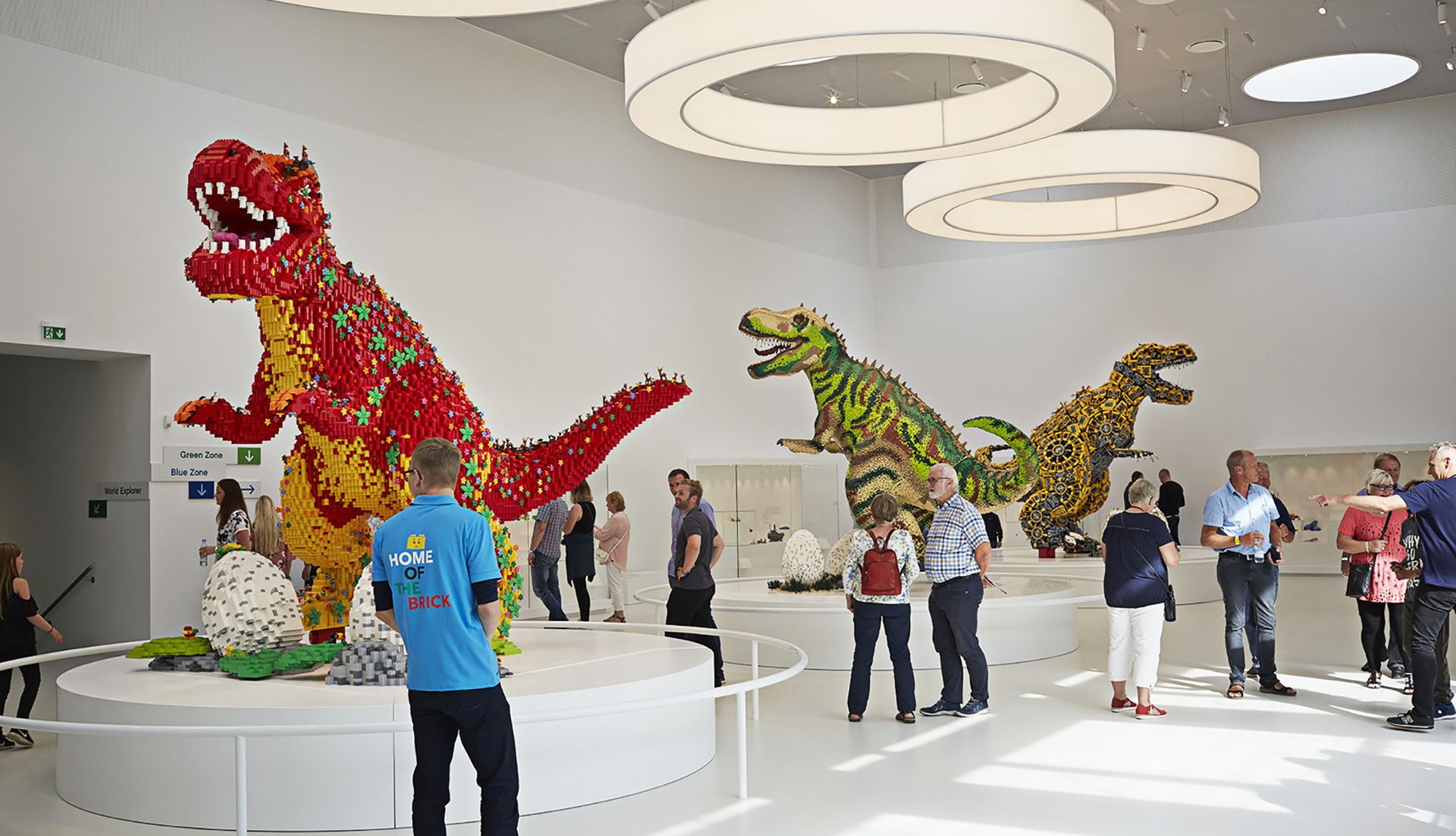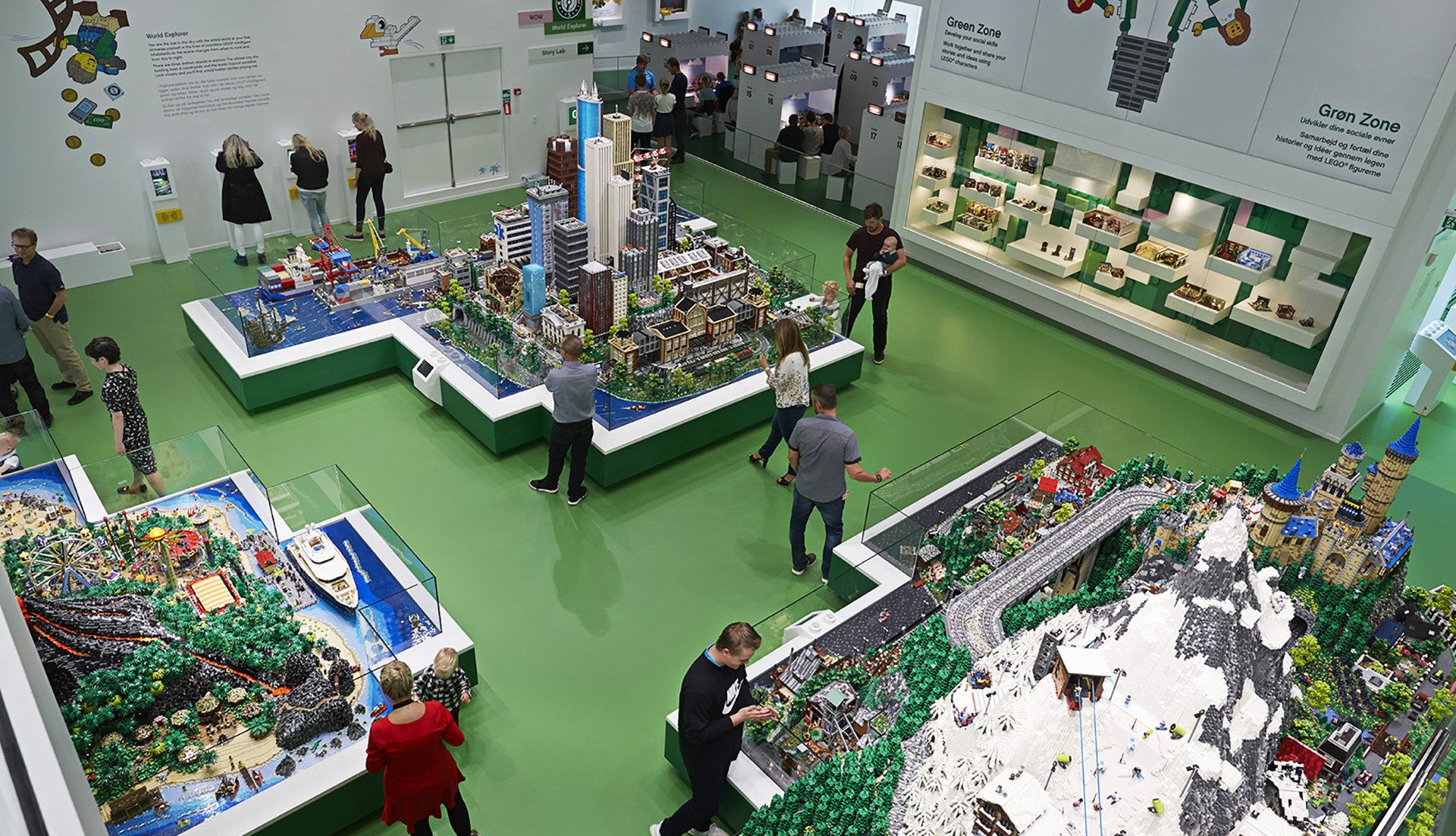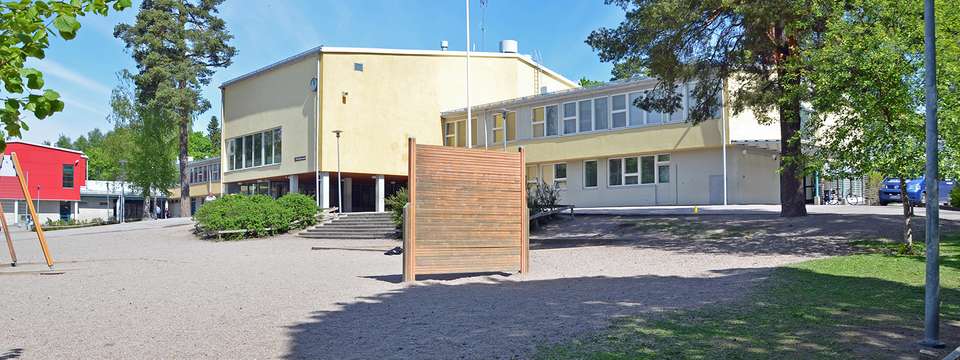EdDesign Mag Guest Essay
Adrian De Waal Ritter, a graduate of the University of The Free State in 1995, has registered as a professional in the architecture industry in 1996. With a diverse portfolio spanning large-scale residential, commercial, medical, and diplomatic architecture, both domestically and internationally, his expertise is extensive. In the early 2010s, he assumed the role of Chief Architect for a major Private School Group in South Africa, where he dedicated nearly a decade to refining his understanding of educational architecture and construction. Throughout this tenure, he meticulously explored the intricate relationship between design and its impact on learners and educators, recognizing them as the ultimate end-users of educational architecture. Read Ardian’s first guest essay here.
As an architect, I have always had an insatiable curiosity for innovation, especially in educational design. My inquisitive nature led me on a three- year, transformative voyage, starting in 2015, in the United Kingdom, venturing onward and ending in mid-Europe.
![]()
Across the Netherlands, Denmark, and Finland, I encountered architectural solutions that embodied an all-inclusive approach to learning, harmonizing academic rigor with environments that fosters creativity, collaboration, and the rounded development of learners. These innovative educational landscapes are not merely buildings but rather living, breathing spaces that celebrate and expand the potential of young minds. Through intentional design, they cultivate an atmosphere of curiosity, wonder and exploration and embrace the natural world as an extension of the learning experience. I was left with the realization that thoughtful design has the transformative power to create a built environment that has the potential to shape an educational journey that can unlock new realms of possibility for learners of all ages.
In 2015, I visited three remarkable schools in the Netherlands: the historical Jan Duiker Open-Air School, St. Ignatius Gymnasium, and the Martin Luther King School. I was struck by the Netherlands’ progressive approach to educational design. Each of these school designs emphasis the importance of creating healthy learning environments with ample natural light and fresh air, sustainability, and environmental responsibility. Flexibility is another key design element running across these schools. Spaces can be adapted to accommodate various teaching styles and learner needs.
The Jan Duiker Open-Air School, Amsterdam
The Jan Duiker Open-Air School in Amsterdam is a testament to the potential of architecture to promote the health and well-being of learners. Designed in the early 1920’s by architect Jan Duiker, this pioneering elementary school features a revolutionary design focused on maximizing sunlight and fresh air. The building has a unique diagonal layout, with a square structure, subdividing into four quadrants, housing classrooms. These classrooms consist of collapsible walls that connect shared open-air spaces situated on the south side of the school, with a roof that allows flexible learning environments for the students.
Photo: WDJArchitecten, T. Elst, WDJA
Jan Duiker Open-Air School is also located within a courtyard and not directly on a road, as most conventional schools might be. This ensures accessibility for students as well as a sense of privacy and security. The open-air design is rooted in the early 20th-century movement, focused on the connection between school environments and student well-being. The school's emphasis on creating a healthy learning environment serves as a powerful reminder of the importance of designing schools that cater for both the minds and the bodies of learners.
St. Ignatius Gymnasium, Amsterdam
In contrast St. Ignatius Gymnasium posed a different challenge, an existing building with limited space, requiring an addition. The addition consists of large classroom learning spaces with visibility and flexibility. The design is a tasteful integration of old and new and carries the same thread of transparent spaces as observed at Jan Duiker.
Photo: LEVS architecten
Martin Luther Kingschool, Haarlem-Oost
The nature of the third school, the ML Kingschool in Haarlem-Oost, is summarized in the words of ML King, the person after which the school was named:
The function of education is to teach one to think intensively and to think critically. Intelligence plus character — that is the true goal of education.
— Martin Luther King Jr.
These loaded words are embedded within the design of the school. It is an honest building, void of falseness, inclusive in its approach yet sensitive to the context it stands within. The “honesty of materials” is evident in simplistic details, with various elements of sustainability, such as the use of materials that ensures the longevity of the structure. The design further accommodates the uniqueness of the community it is housed, creating a vibrant energy without distracting from its surroundings or purpose.
Photo: Martin Luther Kingschool
From the Netherlands, the journey continued onwards to Denmark. Here I witnessed the Netherlands’ commitment to fostering creativity, play, and hands-on learning through innovative educational design. The schools forming part of my visits all embrace flexibility with modular, reconfigurable spaces, seamlessly integrating indoor and outdoor environments. Their playful yet purposeful approach features vibrant colors, engaging materials and architectural elements that encourage exploration.
Ørestad Gymnasium, Copenhagen
Copenhagen's Ørestad Gymnasium, which I had the privilege of visiting three times over a three-year period, truly has a unique approach to learning. The school is characterized by open spaces instead of traditional classrooms, encouraging collaboration, openness, and enhanced agency for students in their learning process. The building's design embodies this open philosophy. It has large, glazed windows that allow natural light to fill the interior spaces, creating a sense of transparency and connection with the outdoors. Colourful sunshades on the exterior add a vibrant, playful touch to the entire building. Open learning areas are plentiful and movable walls allow classrooms to adapt to different learning styles and group activities. The most interesting element is a curvilinear staircase that serves not only as a navigational function but is also wide enough to act as a natural gathering space where students can interact and exchange ideas.
Photo: Ørestad Gymnasium, 3XN Architects
Gymnasium's success stretches beyond just the architecture. Its underlying philosophy empowers students to take ownership of their learning journey. Its open spaces encourage lively discussions, knowledge sharing, and peer learning. This aids in cultivating responsibility, autonomy, and the development of skills for self-directed learning. Open-learning environments seem well-suited to the Danish culture, known as a highly disciplined society with students that are seemingly able to operate in this environment responsibly. Their approach is built on strong pedagogical principles and a supportive environment, with a emphasize on active student engagement and participatory learning.
Hellerup Skole, Copenhagen
My next stop in Copenhagen was the Hellerup Skole. Once again, unlike a typical primary school, Hellerup has a similar, innovative design aimed at fostering dynamic learning experiences. Notable is the school's commitment to pushing boundaries by embracing unconventional learning spaces. Like Ørestad Gymnasium, Hellerup Skole champions open, flexible principles. The school consists of various multi-use outdoor areas that seamlessly blur the lines between traditional classroom learning and outdoor exploration.
Photo: Architizer, Hellerup School, Arkitema Architects
Another impressive feature is the advantages use of vertical space, transforming staircases into amphitheater-style seating for presentations, discussions, and student showcases. Warm, inviting wooden materials are extensively utilized throughout the school, creating a sensory learning experience, catering to students who may benefit from a calmer environment. The classrooms also house multi-use furniture adding a further layer of adaptability. Even the rooftop is utilized as an outdoor science learning area, using raised garden beds for natural science exploration. Items such as weather monitoring equipment and telescopes have also been installed allowing students to experience science in a real-world context.
International School of Billund and Lego House in Billund
A definite highlight was a visit to the International School of Billund, founded by the LEGO Company. The school was initially built to benefit the children of its employees, but now extents to other local students and visitors. Billund truly encompasses the idea of "learning through play". As soon as you step inside, you experience the feeling of entering an oversized LEGO brick box. The building is flooded with soft furnishings, creating cozy nooks for individual and group learning; circular spaces that simulate iconic LEGO studs and plenty of Lego bricks, encouraging group discussions and play amongst learners.
Photo: Teacher Horizons
As a lifelong Lego enthusiast, I was also very excited to visit the Lego House in Billund.
During a previous trip, I was privileged to explore LEGO House during its construction, and was awestruck by how the sheer creativity and playfulness has come to life in the final design. Stepping into such a remarkable building feels like entering an imaginative wonderland. While not technically a school, this interactive experience captures the essence of playful, hands-on learning that the Lego brand embodies. From the moment you enter the entrance foyer, you are transported back to the freewheeling creativity of childhood. Intricate Lego dioramas and larger-than-life sculptures dazzle the eyes creating an immersive, gamified experiences that truly sparks awe. My inner-child thrilled exploring an area where visitors can build and race Lego cars on wildly looping tracks and further edit stop-motion Lego movies. Another remarkable feature is the roof constructed with protruding studs reminiscent of LEGO blocks, allowing student to play atop this unconventional ‘playground’, transcending traditional architectural boundaries.
Each area of the building encourages interactive tinkering and learning through play. The Lego House truly is a temple to the power of innovation through free-building and creative problem-solving. As an educational design consultant, I left feeling inspired by how this space leverages pure play to facilitate learning about STEAM, storytelling, design, and so much more. A whimsical world that showcases learning at its most enjoyable and engaging level. Credit to BIG and specifically Bjarke Ingels, as architect, in capturing the essence of what Lego personifies.
Photo: LEGO, Floornature
It is noticeable, how LEGO’s influence extends beyond the physical school premises and Lego House. As one explores the town of Billund, it is evident how the entire community embraces the company's playful, modular design philosophy, with LEGO-inspired sculptures and architectural elements popping up across the landscape. This all-encompassing environment reinforces the school's core message that learning should be an enjoyable, engaging experience. By seamlessly integrating LEGO's design principles throughout the built environment, the International School of Billund and LEGO House have created a cohesive world where play and learning are intertwined in an innovative approach that nurtures creativity, problem-solving, and an enduring love of learning from a very young age.
Østerhåbskolen-Department Torsted
Next on my Copenhagen list was Østerhåbskolen-Department Torsted. Though my visit to this school was relatively brief, I was immediately struck by its open, flexible architecture that seems to be dominating school design in Denmark. Much like the other innovative Danish schools I toured, Østerhåb utilizes easily, reconfigurable classroom spaces with movable walls and modular furniture setups. These features allow teachers and students to spontaneously adapt the learning environment for different subjects and learning activities as the need arises. This creates a sense of fluidity that replaces the more fixed, rigid spaces. Østerhåb also maximizes areas for social learning with a variety of shared common spaces and break-out areas surrounding the classroom clusters. The architecture itself promotes flexibility, with few barriers between spaces.
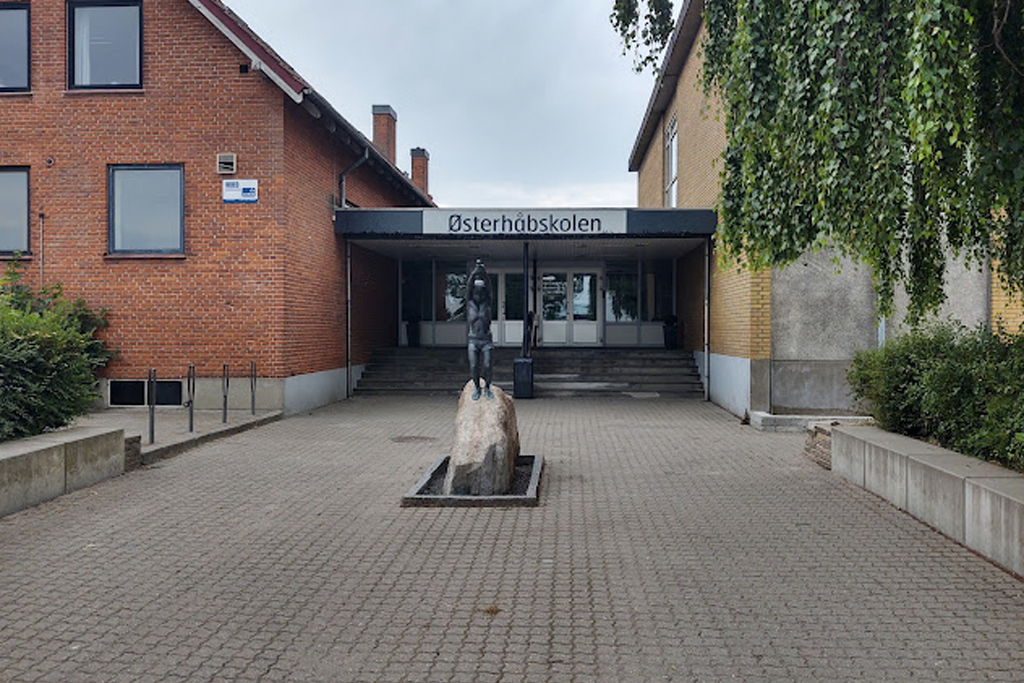
Photo: danskstatsborger.com
Viherkallio Primary School, Espoo
Next, Finland, where I had the opportunity to visit Viherkallio Primary School. The school offers an innovative, eco-friendly learning environment, synonym with Finland’s reputation as a global leader in rethinking education. The building incorporates the repurposing of an existing older school, giving it new life, adapting around what is already available. Expansive hallways do not just ease circulation but double-up as flexible zones for collaborative work arranged around clusters of activity tables. Classroom technology integration dates back two decades, is evidence of a progressive preparation of young learners for the digital era.
Photo: espoo.fi
My time in Finland however also unveiled a concerning paradox. Despite boasting one of the world's finest education systems, Finland, similar to other parts of the world, grapples with challenges such as their high suicide rate among high school students. These statistics indicate that exceptional academic programs alone are insufficient in producing well-balanced learners and that the modern school system by way of design must also contribute to the emotional well-being and mental health of learners. While Finnish schools embrace cutting-edge technology and flexibility, more can be done to explore how the built environment across its educational institutions can provide more comprehensive support to its youth. We must never underestimate the role that purposefully designed spaces can have in the betterment of the end-user.
![]()
I experienced first-hand, how these schools prioritize student well-being, environmental awareness, and a sense of belonging. This exposure has instilled a profound responsibility and focus within my work as an architect. Every project that I undertake, whether in rural or urban South Africa, the African continent or beyond, now embodies the key learnings from this experience: To always remember the weighted potential architecture has to empower, and to continuously consider contextual responsiveness in designing schools that are deeply rooted in communities, nurturing cultural relevance alongside academic excellence.
About the traveller:
Adrian De Waal Ritter, a graduate of the University of The Free State in 1995, has registered as a professional in the architecture industry in 1996. With a diverse portfolio spanning large-scale residential, commercial, medical, and diplomatic architecture, both domestically and internationally, his expertise is extensive.
In the early 2010s, he assumed the role of Chief Architect for a major Private School Group in South Africa, where he dedicated nearly a decade to refining his understanding of educational architecture and construction. Throughout this tenure, he meticulously explored the intricate relationship between design and its impact on learners and educators, recognizing them as the ultimate end-users of educational architecture.
As a seasoned researcher and adept business developer, he has been instrumental in navigating the dynamic landscape of educational infrastructure and architecture. His contributions extend beyond the realm of design, as he delves into the transactional nature of the industry, discerning how a vacant piece of land can manifest the vision of a school.
Participating in numerous conferences across Europe and the USA, De Waal Ritter has cultivated a commitment to lifelong learning. He fervently advocates for the value of teamwork and emphasizes the importance of continual learning and research in fortifying understanding, design, and collaboration.
A dedicated listener, De Waal believes that genuine understanding stems from active listening, fostering a deeper comprehension of purpose and action.
Cover photo: LEGO, Floornature
